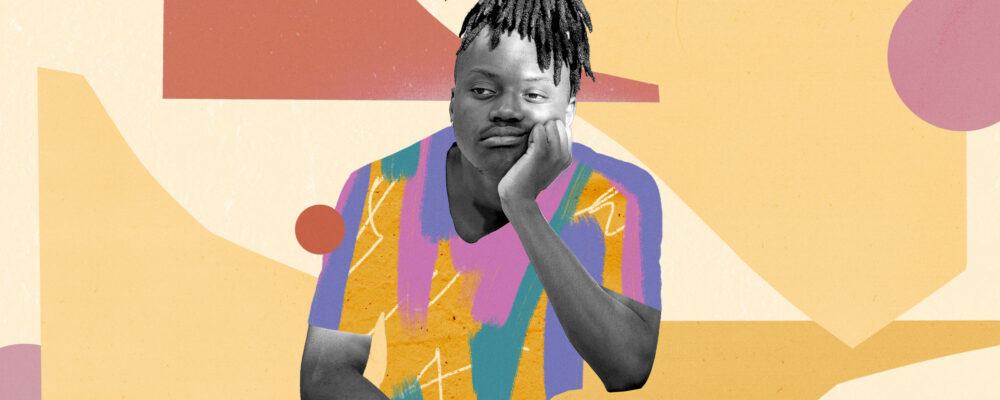In 2022, U.S. consumers returned 16.5% of purchases, costing retailers an estimated $816 billion in lost revenue. Research suggests that cross-selling products during the return process are an effective strategy to reduce this revenue loss.
Across a number of experiments, researchers found that consumers treat refunds as money already lost, so it’s less painful to spend these funds on another purchase, so long as cross-selling occurs before the money is reissued to the customers’ original payment method and consumers initially expected to keep the goods they were planning to buy. The researchers also found that this “refund effect” applies across categories. Creating return policies and practices informed by the refund effect can reduce revenue loss from product returns in a way that benefits both consumers and retailers.
Product returns pose a major challenge for retailers. In 2022, U.S. consumers returned 16.5% of merchandise purchases, costing retailers an estimated $816 billion in lost revenue. Typical strategies to reduce revenue lost to product returns include reducing the likelihood of returns by providing more information about products (e.g., reviews and FAQs) and increasing the financial and transaction costs to consumers who do return products (e.g., shipping costs and limited return windows). But the former strategy is costly to retailers, and the latter is costly to consumers. Our recent research identifies an effective strategy for reducing this loss of revenue that benefits everyone: cross-selling products during the product-return process.
In six experiments we found that consumers treat refunds as money already lost, so spending these funds on another purchase feels less painful. Research participants were more likely to spend money from a product refund than from a bonus, and even more likely to spend refunded money than unexpected income, like lottery winnings and tax refunds. We call this “the refund effect.”
In one laboratory experiment, for instance, we gave all participants $4. Some of the participants were asked to use the money to buy a stress ball that they later learned they could return, which most did. Others in a control group made no initial purchase. We then offered everyone the opportunity to keep their $4 or use it to buy a $5 Starbucks gift card at a discount. Only 48% of the control group used their $4 to buy the gift card, whereas 78% of participants who received the refund bought the gift card. We replicated this study with an online sample where the returned product was a gift card from a big-box retailer (i.e., Best Buy or Kohls). In this experiment, only 10% of the control group chose to purchase the Starbucks gift card, whereas 25% of participants with refunded money used it to buy the Starbucks gift card.
Retailers who understand the dynamics of the refund effect — when, why, and how it works — stand to mitigate one of the perennial headaches of the industry. Here are three findings retailers should keep in mind to make the most of the refund effect:
Cross-selling opportunities occur during the returns process — before the money is reissued to the customers’ original payment method.
The refund effect is far less likely to boost sales after the money has been refunded to a credit card or checking account. Why? The refund effect depends on creating and maintaining an “earmark” that reminds consumers the money has been lost. Our research found that if refunded money is pooled with money from other sources the earmark is removed and consumers spend it no differently than money from other sources. For example, research participants were more likely to use a refund from a pair of sneakers to buy a shirt if they had yet to receive their money back. If the money had already been deposited in their checking account, they were no more likely to buy the shirt than participants who simply saw the shirt online.
Some retailers already effectively use this cross-selling strategy. By default, Amazon asks customers if they’d like to use their return to buy a gift card. Customers who decline this cross-sell then receive their refund. Clothier Todd Snyder lets customers use their refund to immediately buy other products before they mail their return. The remainder of their refund is issued when the return is received. These cross-selling strategies are likely to work because customers shop out of the refund before getting money back from their returns.
The refund effect only works when consumers expect to lose money.
Our research showed that consumers have to initially expect to keep the goods and services they buy to create the earmark that makes the refund effect work. “Try before you buy” strategies, where consumers do not expect to pay for returned goods, are unlikely to create a refund effect if those goods are returned.
For example, research participants who imagined buying two pairs of shoes to try on with the expectation that they would return one pair were no more likely to spend their refund on a jacket than controls who simply imagined seeing the jacket and paying out of pocket. By contrast, participants who did not expect to return a pair of shoes when they bought them were more likely to use the refund from the shoes to buy the jacket
The refund effect applies across categories.
Because refunded money feels as if it has already been lost, the refund effect applies both to cross-sold products in the same category and products in other categories.
For instance, research participants in a fifth experiment were more likely to spend a refund from a returned bottle of wine on either a gift card from a grocer or from an athleisure brand than buy either kind of gift card with money out of their pocket. This is good news for retailers who offer a range of product categories.
Sale strategies like upselling and exchanges during the product return process should similarly benefit from the refund effect, and they may be better for customer relationship management than increasing the cost of product returns. New companies have stepped into this market. For example, Loop Returns helps 1,500 Shopify merchants, such as Allbirds and Brooklinen, cross-sell, upsell, and exchange products during the product return process, saving 28% of the revenue that would otherwise be lost.
The lesson for retailers? Instead of resorting to practices whose harsh transaction costs can alienate customers, sometimes permanently, creating return policies and practices informed by the refund effect can be an effective way to reduce the revenue loss incurred by product returns in a way that benefits both consumers and retailers.
“Harvard Business Review is a general management magazine published by Harvard Business Publishing, a wholly-owned subsidiary of Harvard University. HBR is published six times a year and is headquartered in Brighton, Massachusetts.”
Please visit the firm link to site





